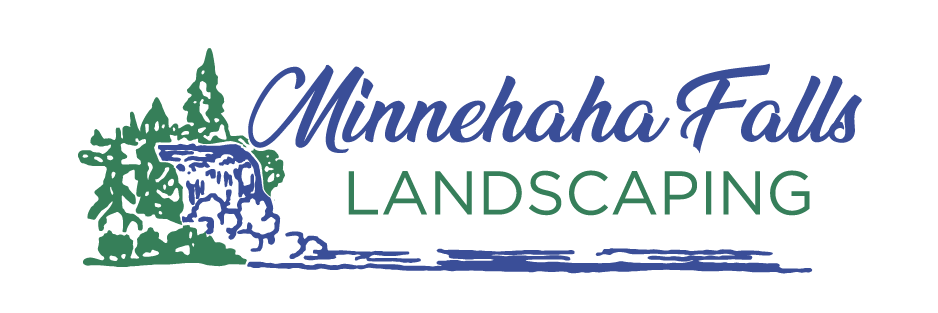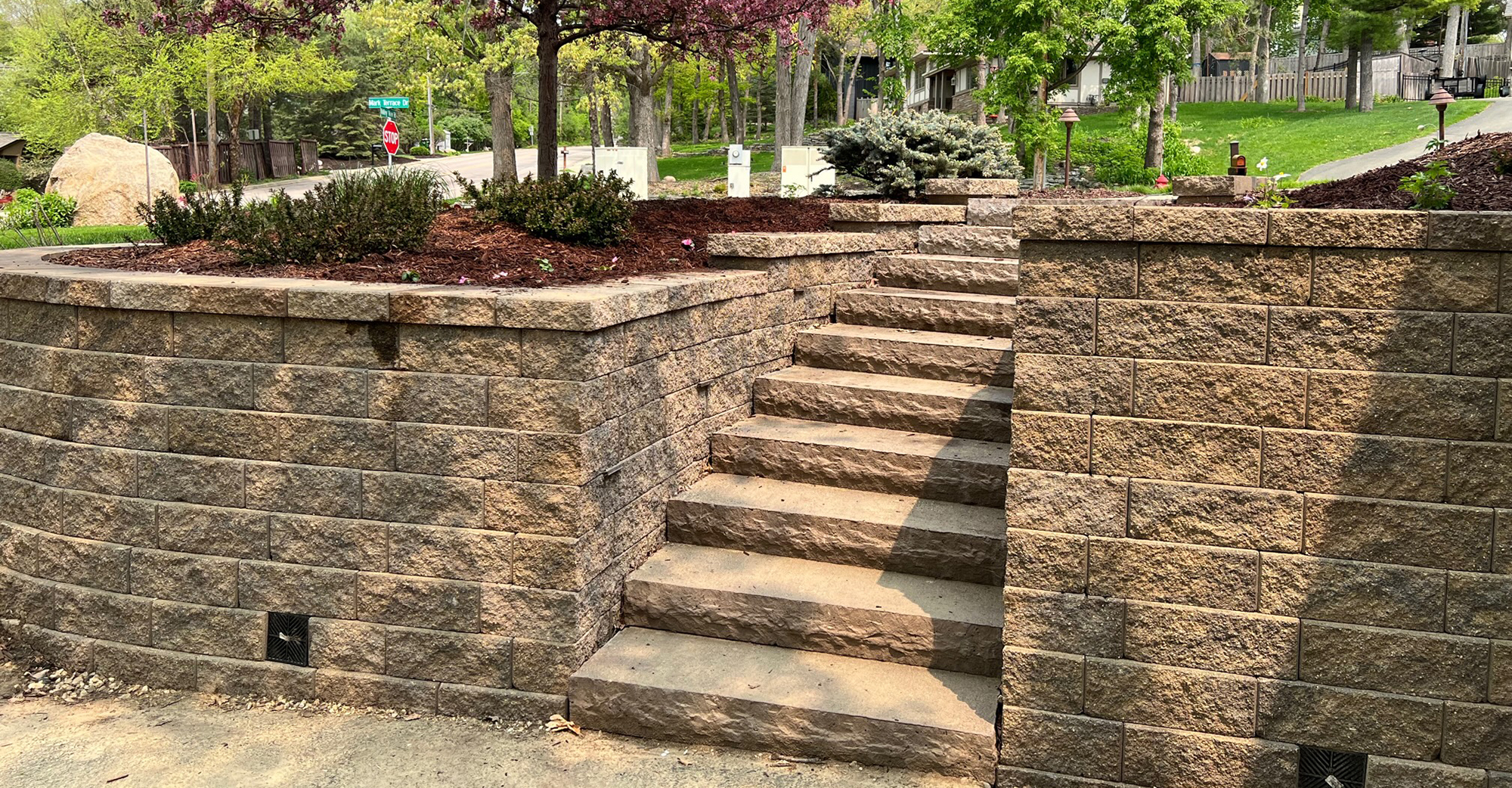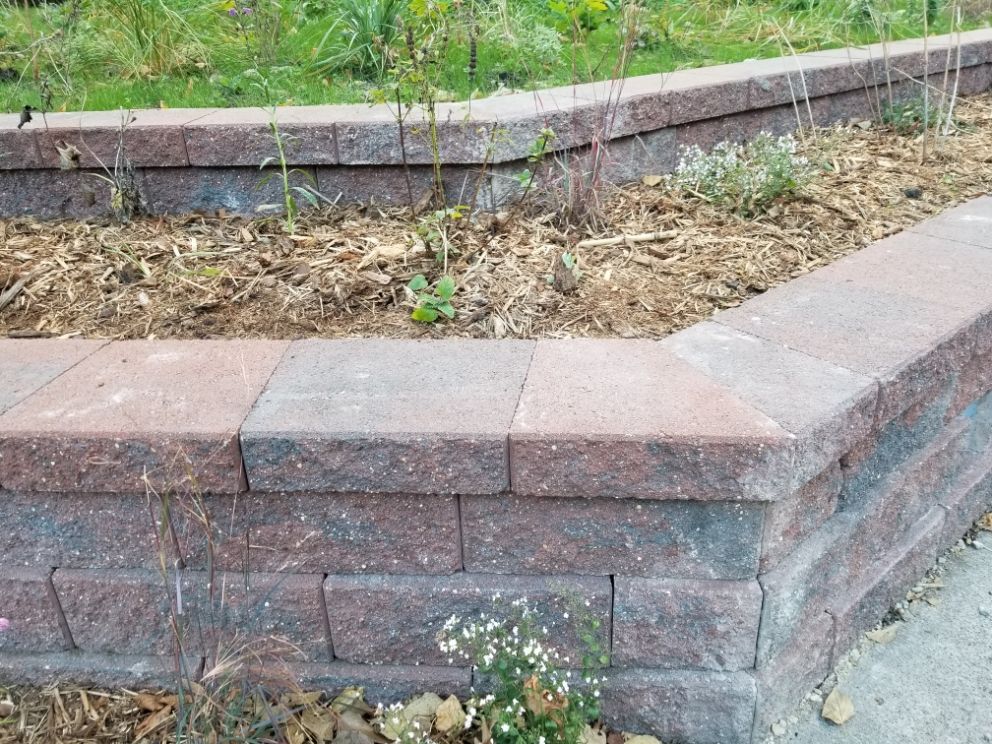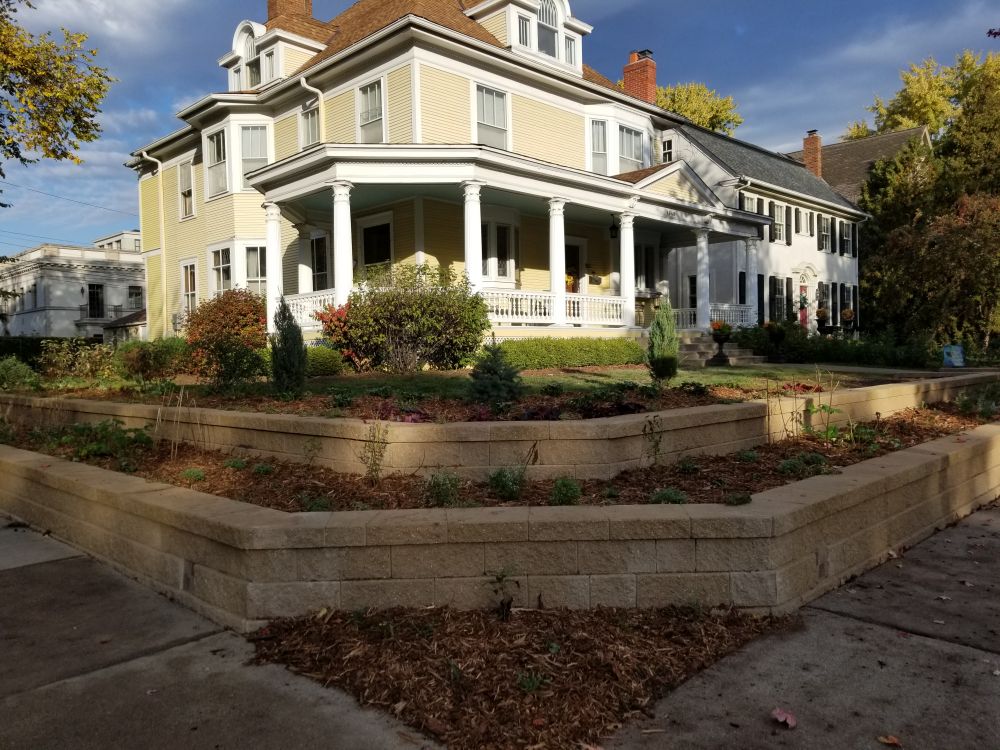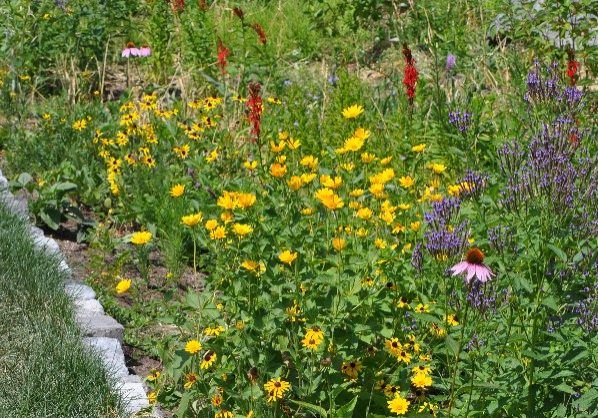“Her heart was a secret garden and the walls were very high.”
― William Goldman, The Princess Bride
Do I need a retaining wall?
If your front yard hillside moves like a glacier over the sidewalk, slowly inching its way toward the glory of the gutter, it might be time for a retaining wall. Retaining walls are not the only solution for hillside control, but they are often the best solution. Retaining walls can come in all shapes, sizes, and styles, however not all retaining wall builders are alike. With a foundation of knowledge, every homeowner can learn to distinguish when it is time to build a retaining wall, and determine the best type of wall for your landscape.
Retaining Walls for All
Retaining walls lend a formal aesthetic to residential hillsides. While not every hill needs a retaining wall, there are some considerations to keep in mind when planning for hillside landscaping. Retaining walls are best suited for control of steep slopes in tight areas. Retaining walls can be used to put a strong face on a backyard cliff, and retaining wall construction is a good option for front slopes that abut sidewalks or roadways. Two-tier retaining walls, and other multi-tiered retaining wall options will offer infrastructure that can be relied on for years in tight urban landscapes.
Retaining walls Construction
Understanding the basics of retaining wall construction will help you ensure you’re receiving the best retaining walls in the Twin Cities. Retaining walls need a solid foundation and excellent drainage in order to stand the test of time. Retaining wall builders sometimes try to get away with as little base material as possible and sometimes skip out on retaining wall drainage features all together in order to cut costs.
Foundations
A solid base is foundation of longevity for your new retaining walls. When you’re searching for “retaining wall builders near me” make sure you ask what their procedures are for retaining wall foundations. You’ll want a retaining wall construction company that will use a 4-6” layer of compacted gravel under the wall. Don’t settle for anything other than class 5 aka ¾” minus gravel that is well compacted for the base of your retaining walls.
Drainage
The biggest mistake we see in retaining wall construction is forgetting to include drainage. Retaining walls will fail if they don’t have proper drainage because of hydrostatic pressure that builds up behind poorly drained retaining walls. You’ll want your retaining wall builders to use drain tile connected to face-plates as well as clear gravel which is an industry term for gravel without dust and dirt in it. Drain tile needs to be installed in multiple layers for taller retaining walls so that the water has the opportunity to be drained away before it soaks all the way to the bottom of the wall.
“If you want to raise a wall, then be the wall that stands between humanity and inhumanity.”
― Abhijit Naskar
Retaining walls offer curb appeal, aesthetic charm, and a lifetime of infrastructural support for your landscape. Choose your retaining wall builders wisely and you’ll create a lifetime of solid support for your landscape.
